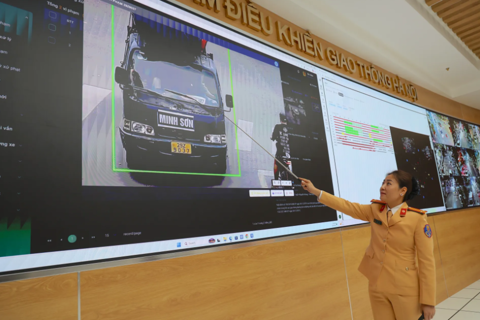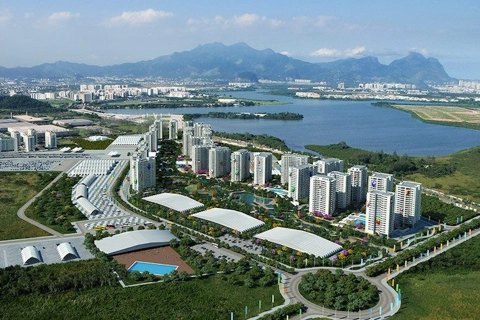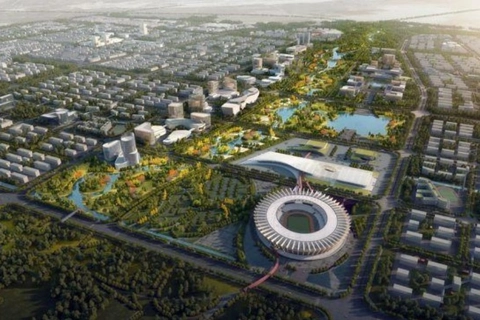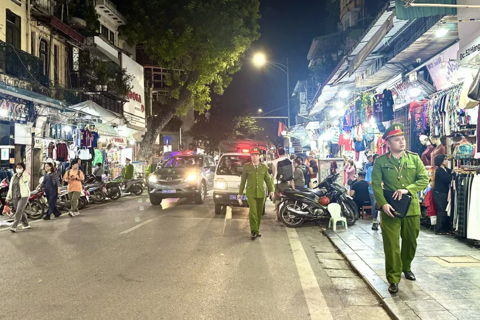Hanoi advances digital transformation for two-tiered government
This move aims to modernize land management and ensure transparent, efficient urban planning.
THE HANOI TIMES — After reorganizing its administrative units into 126 communes and wards, Hanoi has accelerated the synchronization of its infrastructure and the comprehensive digitization of its administrative boundaries and land data.
According to the Hanoi People's Committee, this effort will lay the foundation for more effective urban management, minimize overlaps and disputes, and strengthen administrative transparency.
Since May 2025, the Department of Agriculture and Environment has worked with the Department of Home Affairs and local authorities to transfer files, boundary data, and cadastral maps to the newly formed administrative units.
All information has been digitized and integrated into an electronic cadastral map system, ensuring interconnectivity in land management, urban planning, and land title issuance.
The city is also updating data on land use, zoning plans, transportation, and drainage systems to support administrative operations from the grassroots to the municipal level.
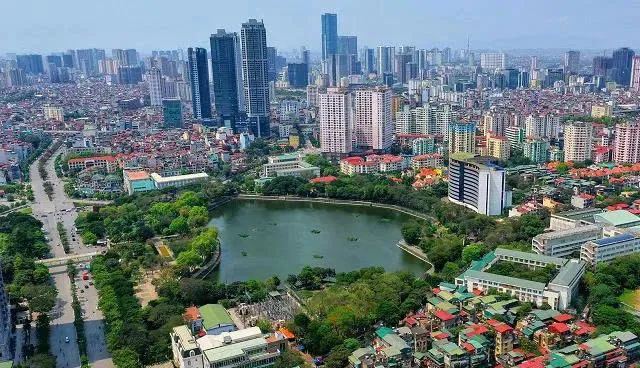
A corner of Hanoi. Photo: Kinh te & Do thi Newspaper
Local authorities must standardize land parcel data, mark physical boundaries, and update changes, while administrative infrastructure is being reviewed through reorganized offices, adjusted staff structures, and synchronized databases aligned with new administrative boundaries.
Dr. Nguyen Thi Kim Thoa, an urban planning expert, noted that administrative mergers carried out solely on paper, without accompanying infrastructure and data integration, could result in significant management gaps.
She praised Hanoi’s initiative to connect multi-sectoral planning and promote decentralization as a key step toward a modern urban government that better serves its citizens.





